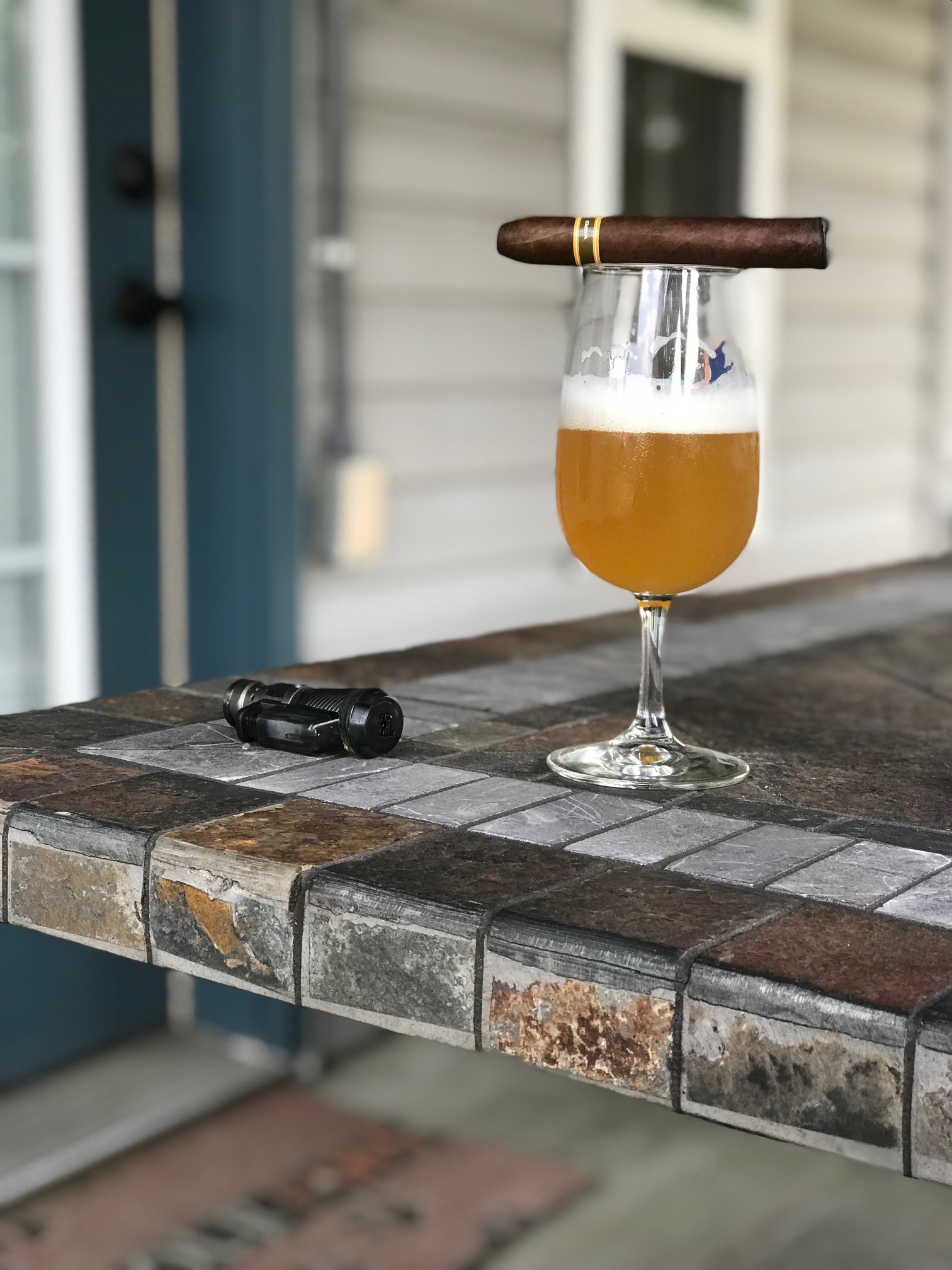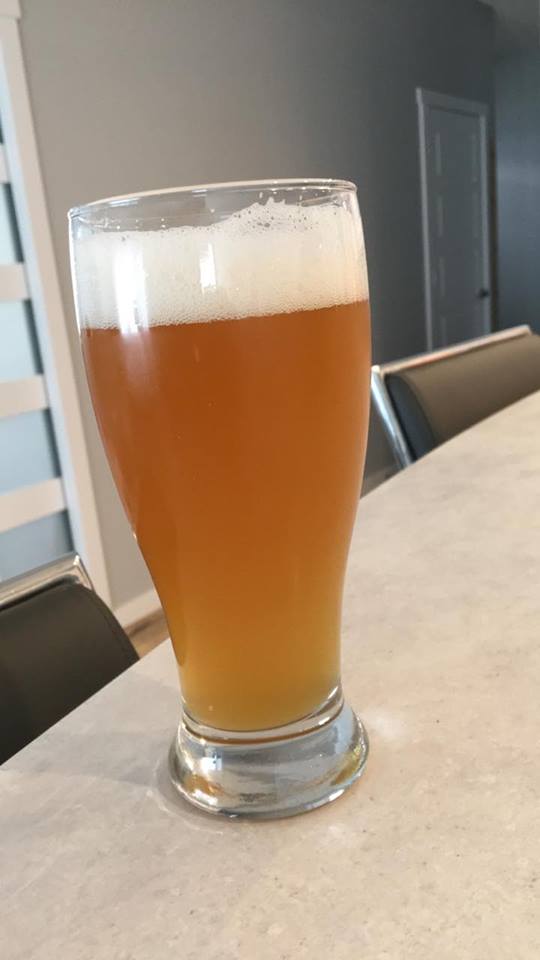I would like to know how much haziness 10% of wheat add to this NEIPA, looks gorgeous.
Well, this is a "leftover grain" american(ish) pilsner that had almost the same grain bill.... only 5% wheat instead of 10% and some Vienna added along with golden promise, 2 row and carahell. It used the same amount of hops (but different hops like sterling and Tettnang) - although, all the hops went into the boil at 60-30-15-5 minutes. Lager yeast 2124.
So, I am going to say the impact of 10% wheat is minimal if any.
(although, I do think the INTERACTIONS of oily hops like citra, galaxy, etc. at low whirlpool temps and dry hop along with yeast and protein has got to be what is behind the haziness. So, maybe the wheat component, interacting with the oiliness of certain hops, at low hopping temps, along with interacting with yeast is all contributing together. But, I think it is unlikely that a "particular ingredient" is responsible for any of it in isolation.)

Last edited:
















































![Craft A Brew - Safale BE-256 Yeast - Fermentis - Belgian Ale Dry Yeast - For Belgian & Strong Ales - Ingredients for Home Brewing - Beer Making Supplies - [3 Pack]](https://m.media-amazon.com/images/I/51bcKEwQmWL._SL500_.jpg)












